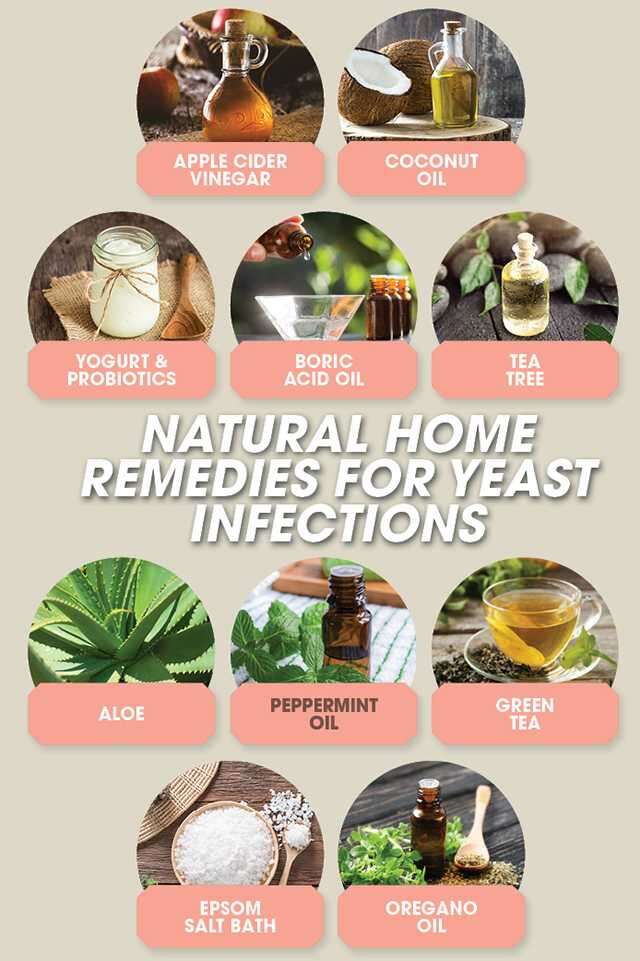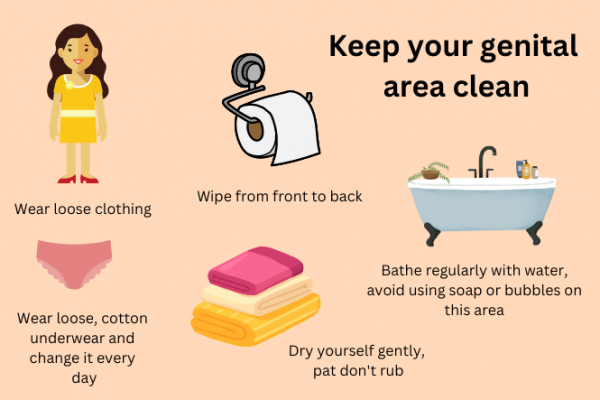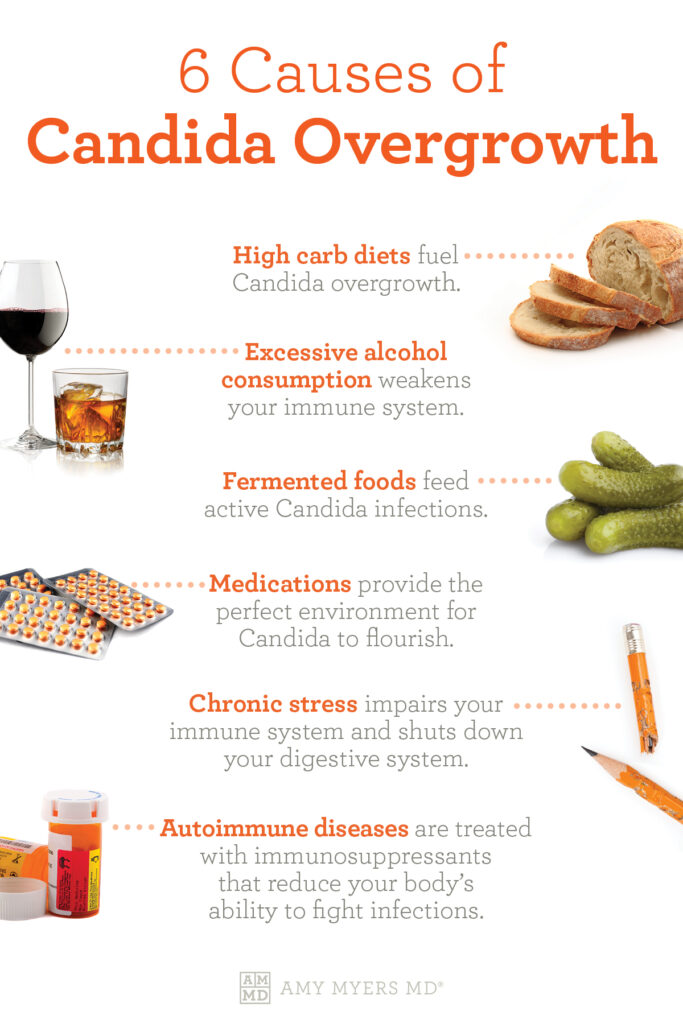Discover the ultimate guide to proven yeast infection fixes that will have you saying goodbye to discomfort in no time.
Table of Contents
- Introduction: The Annoying Itch: What’s a Yeast Infection?
- The Not-So-Good Fungus Among Us
- Section 2: Yeast Infections – Not Just Grown-Ups!
- Attack of the Itchies: Signs of Yeast Infections
- Keys to Victory: Yeast Infection Treatment
- Superhero Helpers: Probiotics in the Fight
- Homemade Heroes: Natural Yeast Infection Fixes
- Avoiding the Itch: Prevention Tips for Yeast Infections
- Asking the Expert: When to See a Doctor
- Section 9: True or Not True? Breaking Myths About Yeast Infections
- Conclusion: Sidekick Success: You’re Ready to Tackle Yeast Infections!
- FAQs: Questions Superkids Might Ask
Introduction: The Annoying Itch: What’s a Yeast Infection?
We will dive into understanding what a yeast infection is, especially knowing that kids can get them too. Let’s unravel what this ‘itch’ is all about in a way that is easy for you to grasp.
Have you ever felt a super annoying itch around your private area? Well, that might be a yeast infection! Yeast infections are caused by a tiny fungus called Candida. This fungus can sometimes grow too much and cause discomfort, especially in places like the vagina, creating what we call a yeast infection.
Imagine Candida like a tiny, mischievous organism that can cause trouble in our bodies when it’s not balanced. But don’t worry; we’re here to help you understand how to deal with this pesky fungus and ways to keep things in check for a healthy ‘down there.’
The Not-So-Good Fungus Among Us
Candida is a tricky fungi that can cause a lot of trouble! It’s the sneaky culprit behind most yeast infections, especially in your private parts. This fungus loves warm, moist places like your mouth, throat, and (yes, you guessed it) even down there. When it grows too much, it can make you feel itchy and uncomfortable.
Candida might not be a good guy, but knowing how it works can help you fight back against those annoying yeast infections. So remember, keep an eye out for this sneaky fungus!
Section 2: Yeast Infections – Not Just Grown-Ups!
Yeast infections are more common in adults, right? Well, not exactly! Kids can get yeast infections too. It’s essential to understand that maintaining good habits is essential for healthy bodies.

Image courtesy of www.pacehospital.com via Google Images
Can Kids Get Yeast Infections?
Yes, kids can get yeast infections too! It’s a common misconception that only grown-ups are affected by yeast infections. But the truth is, kids can experience them as well. Good news, though – there are things you can do to keep yourself healthy!
Attack of the Itchies: Signs of Yeast Infections
One of the most common signs of a yeast infection is feeling itchy in your private area. It’s like having a tickle that just won’t go away, and you might feel the urge to scratch a lot.
Another clue that you might have a yeast infection is if you notice more discharge than usual. This discharge can be thick, white, and kind of chunky, which is not like the normal clear or white discharge you usually have.
Some kids with yeast infections also experience pain or irritation when they pee. It might sting or feel uncomfortable, making you want to go to the bathroom more often.
These signs might sound a bit uncomfortable, but don’t worry! Knowing what to look for can help you figure out if you need to talk to a grown-up about getting help.
Keys to Victory: Yeast Infection Treatment
When dealing with a pesky yeast infection, the key to overcoming it lies in effective treatment. Let’s delve into the common methods that doctors typically recommend to combat these bothersome infections, like antifungal medications.

Image courtesy of www.femina.in via Google Images
Using Antifungals
Antifungal medicines are like superheroes that swoop in to save the day when yeast infections strike. These medications work by targeting the fungus causing the infection, Candida, and stopping it from growing and spreading further.
Superhero Helpers: Probiotics in the Fight
In our quest to defeat yeast infections, we have another powerful ally on our side – probiotics! These tiny superheroes play a crucial role in keeping our bodies healthy and fighting off those pesky yeast invaders. Let’s dive into how these probiotic warriors help us in the battle.
What are Probiotics?
Probiotics are like friendly soldiers that live inside our bodies, especially in our digestive system and vagina. They are good bacteria that help maintain the balance of microorganisms in our body, keeping the bad bacteria in check. Just like how superheroes protect the city from villains, probiotics protect our body from harmful pathogens.
Homemade Heroes: Natural Yeast Infection Fixes
In addition to medical treatments, there are also natural remedies that can help in dealing with yeast infections. These homemade heroes may offer some relief and support the healing process.

Image courtesy of healthify.nz via Google Images
Exploring Home Remedies
Some homemade remedies like yogurt, garlic, and tea tree oil have been suggested to aid in managing yeast infections. These natural ingredients are believed to have antifungal properties that can combat the overgrowth of yeast.
Yogurt, especially the plain, unsweetened kind containing live cultures, is thought to help rebalance the natural bacteria in the body. Probiotics found in yogurt can potentially enhance the body’s defense against yeast infections.
Garlic, a common household herb known for its potent antibacterial and antifungal properties, might also be used as a natural remedy. Some suggest inserting a peeled garlic clove into the vagina overnight as a home remedy for yeast infections.
Tea tree oil, extracted from the leaves of the tea tree, is another natural remedy that is believed to possess antifungal and antibacterial qualities. Diluted tea tree oil may be used topically to help alleviate yeast infection symptoms, but it is essential to use caution as it can sometimes cause irritation.
Safety First
It is important to keep in mind that while these natural remedies are popular, they are not a substitute for professional medical advice and treatment. Consulting a healthcare provider before trying any home remedy is crucial to ensure your safety and well-being.
While exploring homemade heroes for yeast infections, it’s important to prioritize your health and seek guidance from a healthcare professional for the most effective treatment.
Avoiding the Itch: Prevention Tips for Yeast Infections
When it comes to yeast infections, prevention is key! Here are some simple tips to help you maintain good vaginal health and reduce the chances of getting a yeast infection.
Maintain Good Hygiene
Make sure to keep the genital area clean and dry. Change out of wet clothes, like swimsuits, right after swimming, and opt for breathable cotton underwear to allow air circulation.
Eat Healthy
A balanced diet rich in fruits and vegetables can help support a healthy immune system, which may help prevent yeast infections. Drinking plenty of water is also important for flushing out toxins.
Avoid Irritants
Avoid using scented soaps, perfumes, or harsh chemicals in the genital area. These can disrupt the natural balance of good bacteria and make you more prone to infections.
Practice Safe Hygiene Habits
Remember to wipe from front to back after using the restroom to prevent the spread of bacteria from the anus to the vagina. Also, pee after sex to help flush out any bacteria that may have entered the urinary tract.
| Fix | Description |
|---|---|
| Over-the-Counter Antifungal Creams | These creams can help treat yeast infections by targeting the fungus causing the infection. Examples include miconazole (Monistat) and clotrimazole (Gyne-Lotrimin). |
| Probiotics | Probiotics contain good bacteria that can help restore the natural balance of microorganisms in the body, potentially reducing yeast infection symptoms. |
| Stay Dry | Avoiding tight clothing and keeping the genital area dry can help prevent yeast infections and promote faster healing. |
| Limit Sugar Intake | Reducing sugar consumption can help starve the yeast causing the infection, potentially slowing its growth and spread. |
| Apple Cider Vinegar | Diluting apple cider vinegar in water and using it as a wash can help restore the natural pH balance of the vagina, potentially reducing yeast infection symptoms. |
By following these simple tips, you can help keep your vaginal health in check and decrease the likelihood of dealing with pesky yeast infections in the future.
Asking the Expert: When to See a Doctor
After learning about yeast infections, it’s essential to know when it’s time to seek help from a doctor. Even though you now understand the causes, symptoms, and treatments, a doctor can provide the best advice and treatment options tailored to your specific situation.

Image courtesy of www.amymyersmd.com via Google Images
Knowing When to Seek Help
If you or someone you know is experiencing the symptoms we talked about earlier, such as itching, redness, or unusual discharge, it’s a good idea to see a doctor. They will be able to confirm if it’s a yeast infection or something else that may require different treatment.
Expert Diagnosis and Treatment Options
Doctors have the knowledge and expertise to diagnose yeast infections accurately. They may recommend antifungal medications, either in the form of creams, suppositories, or oral medications, depending on the severity of the infection.
Furthermore, if you’ve tried home remedies or over-the-counter treatments without success, it’s crucial to consult a doctor. They can reassess the situation and recommend the best course of action to help you feel better quickly.
Remember, it’s normal to feel unsure or embarrassed about talking to a doctor about yeast infections, but they are professionals who can help you feel comfortable and provide the care you need.
Section 9: True or Not True? Breaking Myths About Yeast Infections
Yeast infections are pretty common, but there are some myths floating around that might make you wonder what’s true or not. Let’s bust those myths and set the record straight!
Myth: Only Adults Get Yeast Infections
This is not true! Kids can get yeast infections too. It’s essential to know that anyone, no matter their age, can experience a yeast infection. So, if you’re feeling itchy or uncomfortable down there, don’t be shy to talk to your parents or a doctor about it.
Myth: Yeast Infections Are Contagious
Yeast infections are not contagious like a cold or the flu. You can’t catch a yeast infection from someone else, so no need to worry about that. It’s just your body’s way of telling you something might be off. Make sure to see a doctor if you suspect you have a yeast infection for the best advice.
Myth: You Can Get a Yeast Infection from Sitting on a Public Toilet
Don’t worry, kids! You can’t get a yeast infection from sitting on a public toilet seat. Yeast infections are caused by an overgrowth of a fungus that’s already in your body, not from toilet seats. Proper hygiene and good health habits are crucial to prevent yeast infections, but don’t stress about catching it from a toilet seat.
Conclusion: Sidekick Success: You’re Ready to Tackle Yeast Infections!
Now that we’ve journeyed through the world of yeast infections together, you have gained some superpowers to combat this pesky foe! Armed with knowledge about what yeast infections are, how they happen, and the signs to watch out for, you are well-equipped to take on any challenges that may come your way.

Image courtesy of www.walmart.com via Google Images
Being a Yeast Infection Warrior
Remember, if you ever find yourself facing the itchy symptoms of a yeast infection, there are proven treatments available to help you fight back. Whether it’s antifungal medications prescribed by your doctor or incorporating probiotics into your routine to keep your body in balance, you have the tools to overcome this common issue.
Empower Yourself with Healthy Habits
Additionally, maintaining good vaginal health through simple practices like wearing breathable cotton underwear, avoiding harsh soaps, and practicing good hygiene can go a long way in preventing yeast infections from showing up uninvited.
By understanding the importance of listening to your body, seeking help from trusted adults when needed, and debunking any myths surrounding yeast infections, you have become a sidekick ready to tackle any challenges that may come your way.
Remember, it’s essential to take care of yourself and prioritize your health. If you ever have any concerns or questions, don’t hesitate to reach out to a healthcare provider who can guide you on the best course of action. You’ve got this, superhero!
FAQs: Questions Superkids Might Ask
What is a yeast infection?
A yeast infection is a common issue that happens when a type of fungus called Candida grows too much in certain parts of the body, like the vagina. This overgrowth can cause itching, discomfort, and sometimes discharge.
Can boys get yeast infections too?
Yes, boys can get yeast infections, although it’s less common. Yeast infections can affect anyone, regardless of gender, but they are more frequent in girls and women.
How do you treat a yeast infection?
Yeast infections can be treated with antifungal medications that help to get rid of the excess fungus causing the infection. These medicines can be creams, tablets, or suppositories that you use in or on the affected area.
Are there any natural remedies for yeast infections?
Some people use natural remedies like yogurt or garlic to help with yeast infections, but it’s essential to talk to a doctor before trying them. Not all remedies are safe or effective, so it’s best to get expert advice.
Can I prevent yeast infections from happening?
Absolutely! You can help prevent yeast infections by keeping the vaginal area clean and dry, wearing cotton underwear, avoiding tight clothes, and maintaining good overall hygiene. Drinking water and eating a balanced diet can also promote vaginal health.




